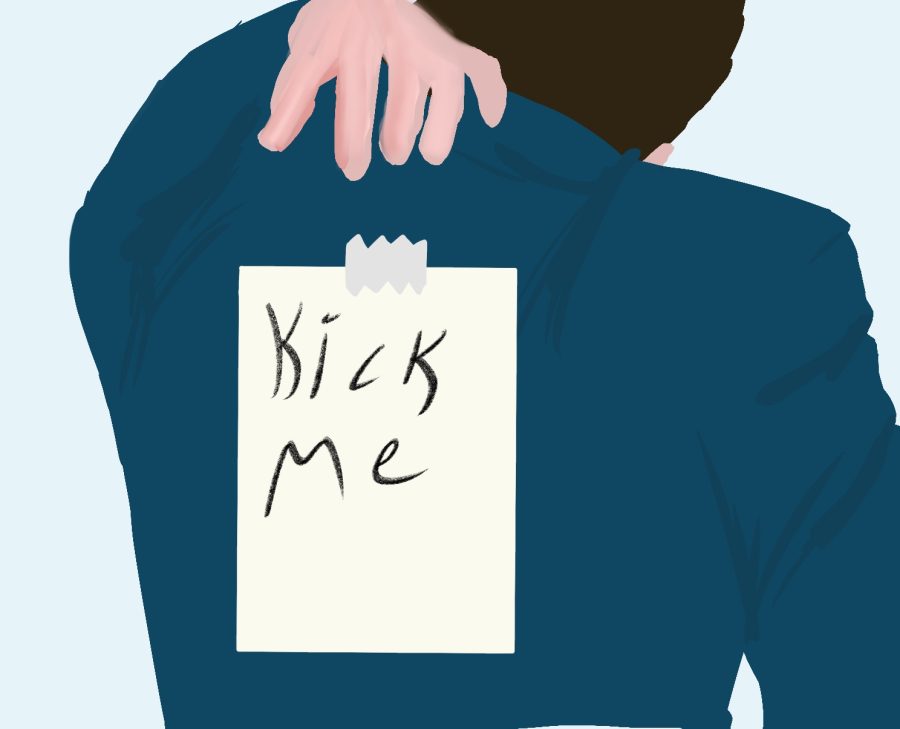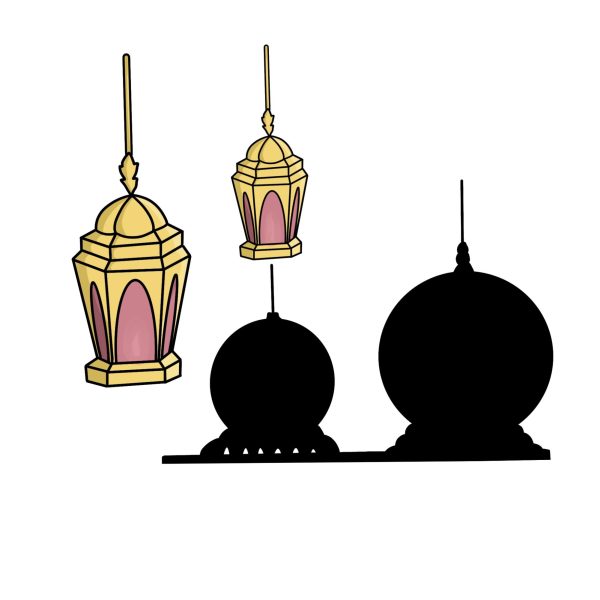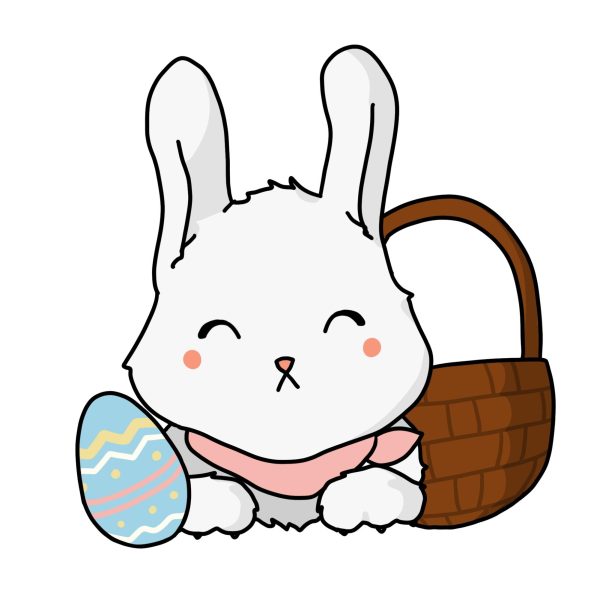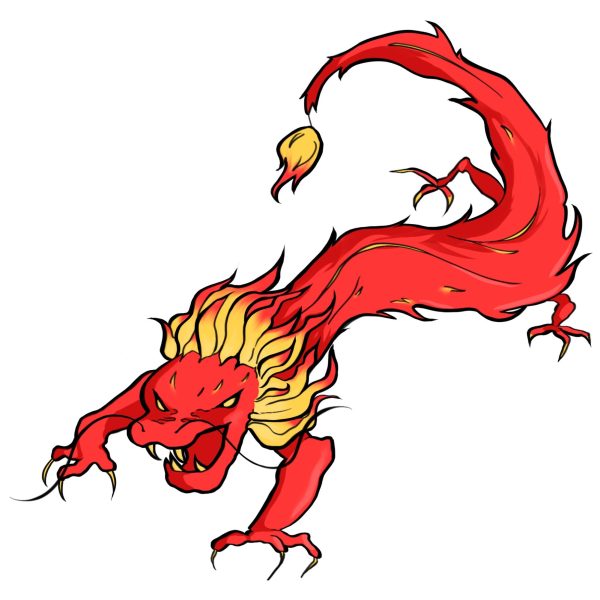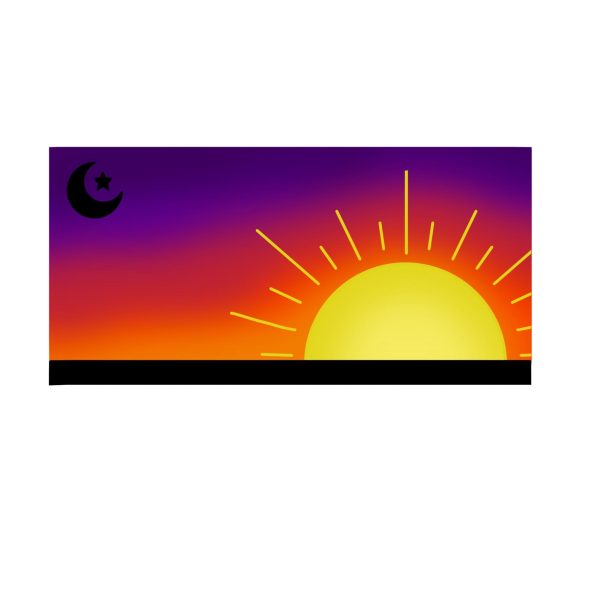A Comprehensive Guide To The Goofiest Holiday of the Year
March 25, 2022
April Fools’ Day is coming up and with that comes planning. Who to prank? What to prank? How to prank? But no one ever thinks about why we play these devious stunts on April 1 in the first place. Turns out the origins of April Fools’ are undetermined and mostly unknown, though the holiday has been celebrated for centuries.
According to the History Channel, “Some historians speculate that April Fools’ Day dates back to 1582 when France switched from the Julian calendar to the Gregorian calendar…. In the Julian Calendar … the new year began with the spring equinox around April 1.” Because of this change, people who didn’t get the memo and continued to celebrate the new year in April were called “April fools” (history.com).
Another theory comes from an ancient festival known as Hilaria, celebrated at the end of March by followers of the cult of Cybele. This festival involved the followers dressing up in disguises and mocking anyone they saw fit, from fellow citizens to aristocrats (history.com).
One last theory is that, “April Fools’ Day was tied to the vernal equinox … when Mother Nature fooled people with changing, unpredictable weather” (history.com). According to the dictionary Britannica, the vernal equinox is the first day of spring in the northern hemisphere and usually happens on March 20 or 21 (britannica.com).
Although its origins are mysterious, the history of April Fools is well documented. According to the Library of Congress, “The first certain reference to April Fools’ Day comes from a 1561 Flemish poem by Eduard De Dene…. In the poem, a nobleman sends his servant on crazy, fruitless errands. The servant recognizes that he is being sent on ‘fool’s errands’ because it’s April 1.” This tradition of sending people on fruitless errands on April Fools’ Day lasted until at least 1902 with an article from that time describing it as “One of the most popular amusements on April 1” (loc.com).
Another famous April Fools’ tradition was for students to play pranks on their teachers. One of the more popular ones was to lock the teacher out of the school. According to Dr. Samuel Lanthanum, during an interview conducted in 1938, “The pupils would get inside and bar the teacher out…. Mr. Douglass soon learned this, and, on April Fools’ Day, he would walk to the school, perceive the situation, laughingly announce there would be no school until the morrow and leave.” Another prank played on a teacher was recounted by a student in 1968 saying that, on April Fools’, one of his classmates had taped tacks to a teacher’s chair and consequently got expelled (loc.com).
As per an online lifestyle magazine, some modern-day April Fools’ pranks you could play include, but are not limited to: filing someone’s room up with balloons, putting a sticker over a remote sensor so it doesn’t work, hiding confetti on top of fan blades, or taping a ‘honk for [blank]!’ sign to the back of a target’s car (goodhousekeeping.com).
Still struggling to find a prank you like? Senior Li Qian suggests, “Switch the salt and sugar so they’re in opposite shakers or replace a pack of Ferrero Rochers [ball shaped hazelnut chocolates] with Brussel sprouts.”
Despite April Fools’ being different around the world, with Spanish-speaking countries celebrating it on the 28 of December, and some countries celebrating it every month, it can’t be denied that this holiday transcends language and culture. Almost everyone knows what a prank is, and anyone who doesn’t is sure to find out soon enough. If you want to have some harmless fun, there is always someone to prank on April Fools’.

